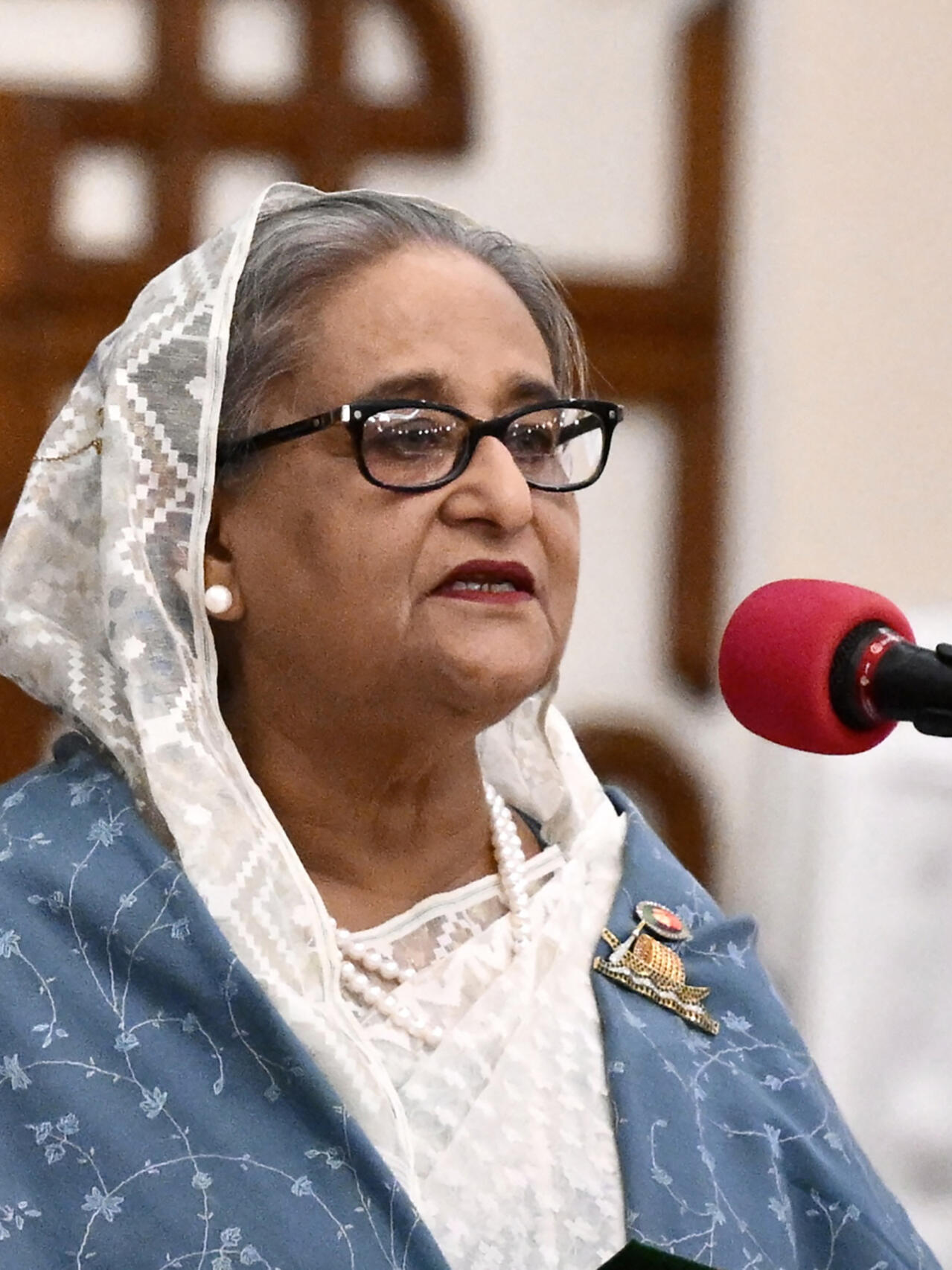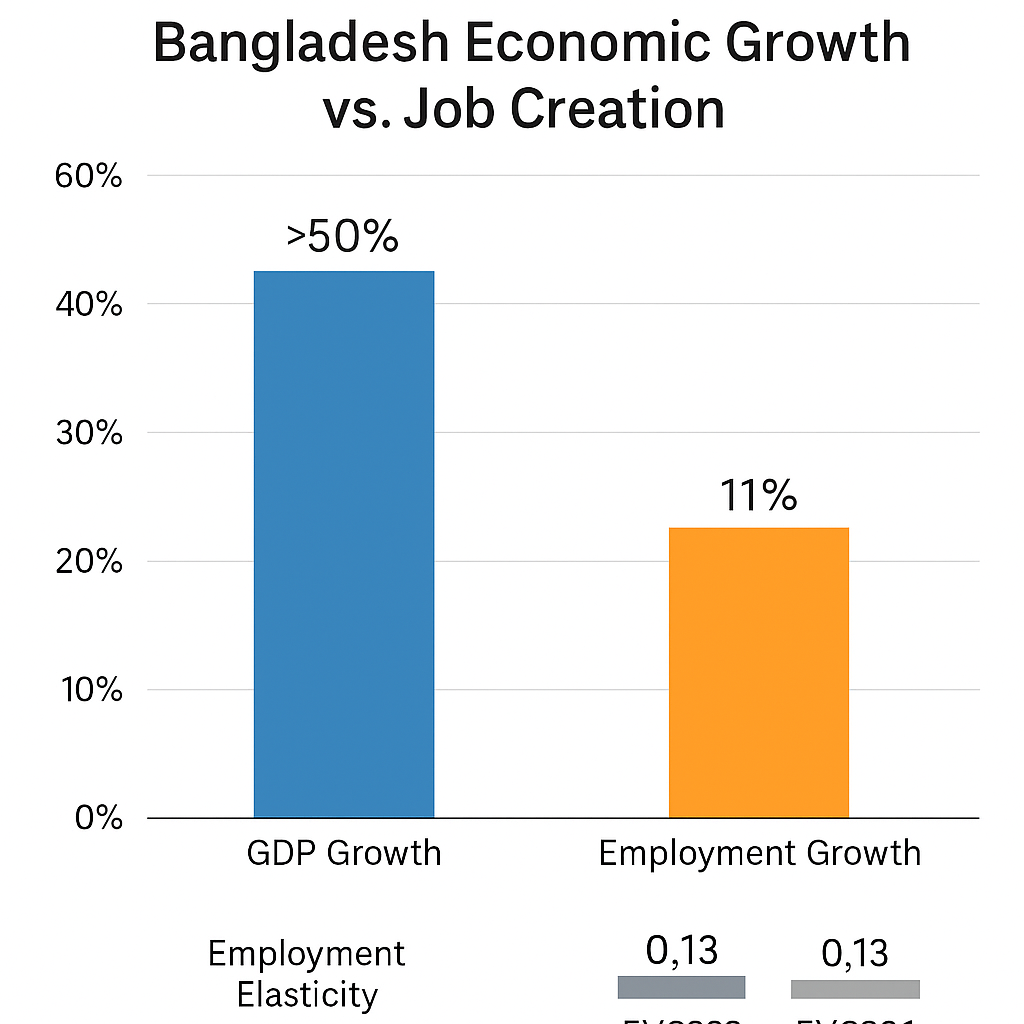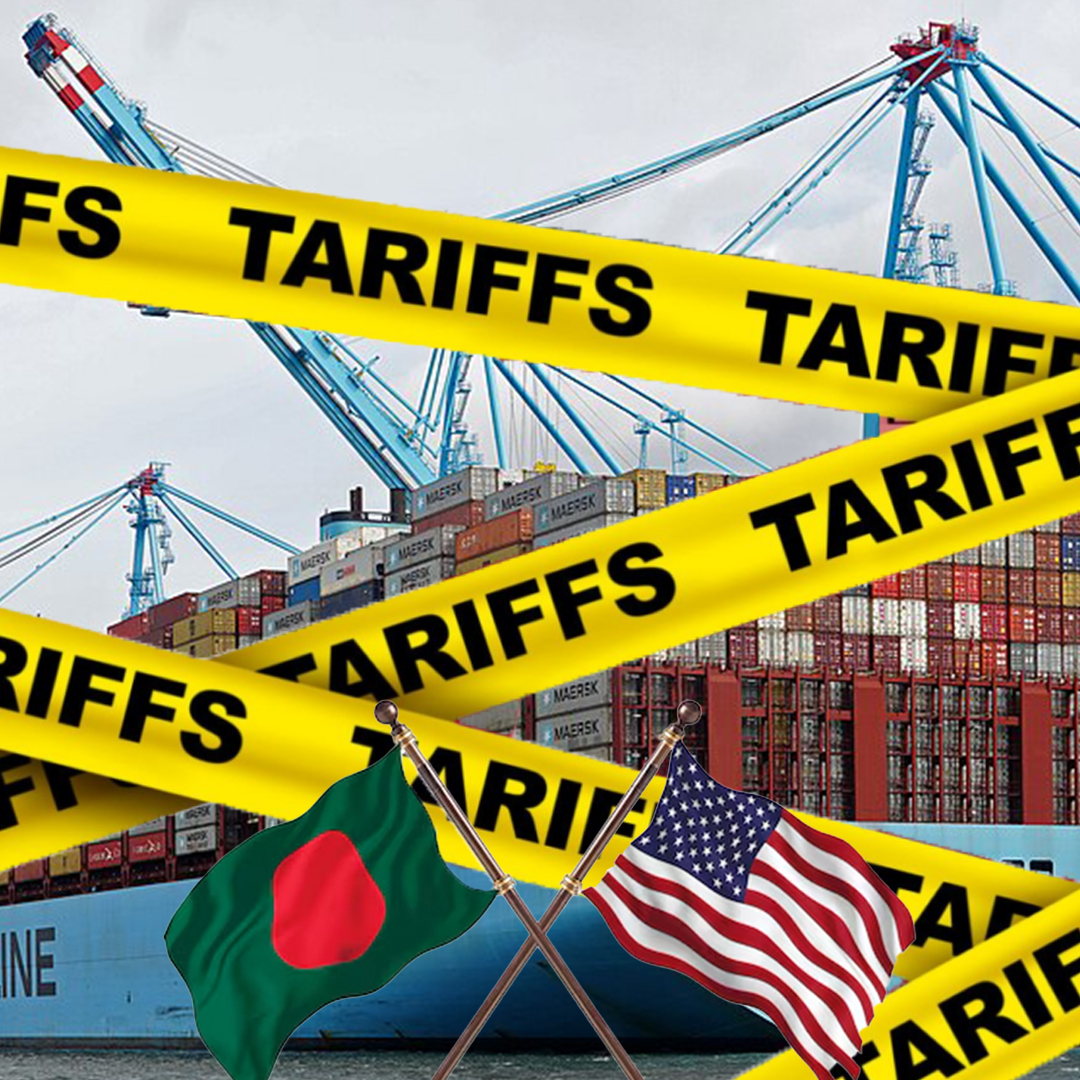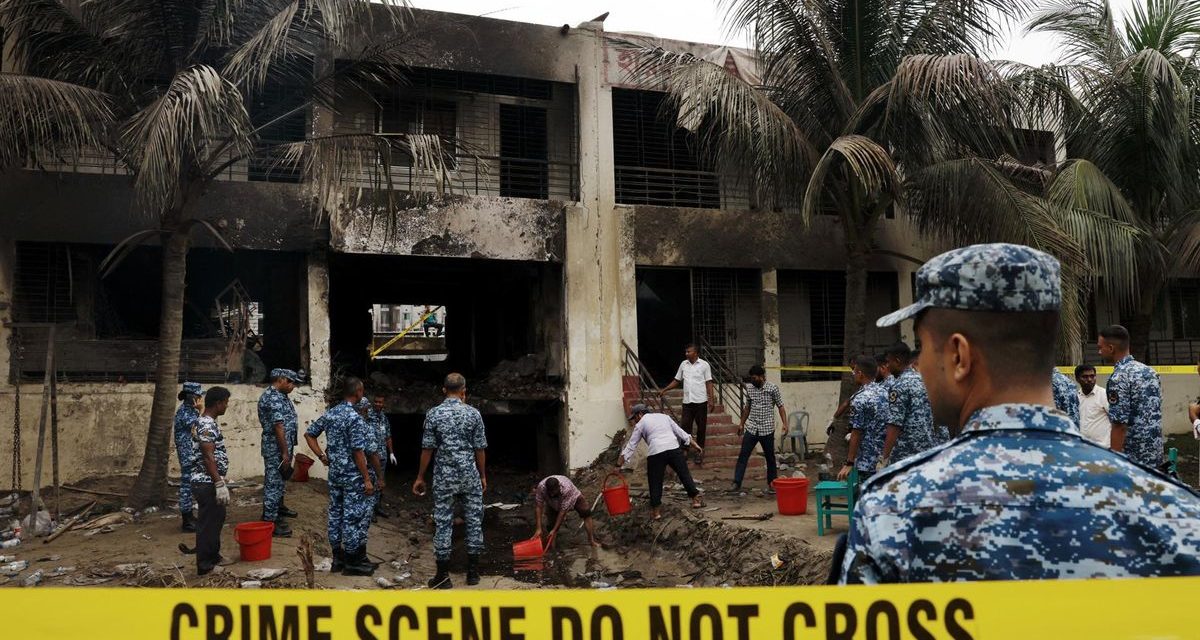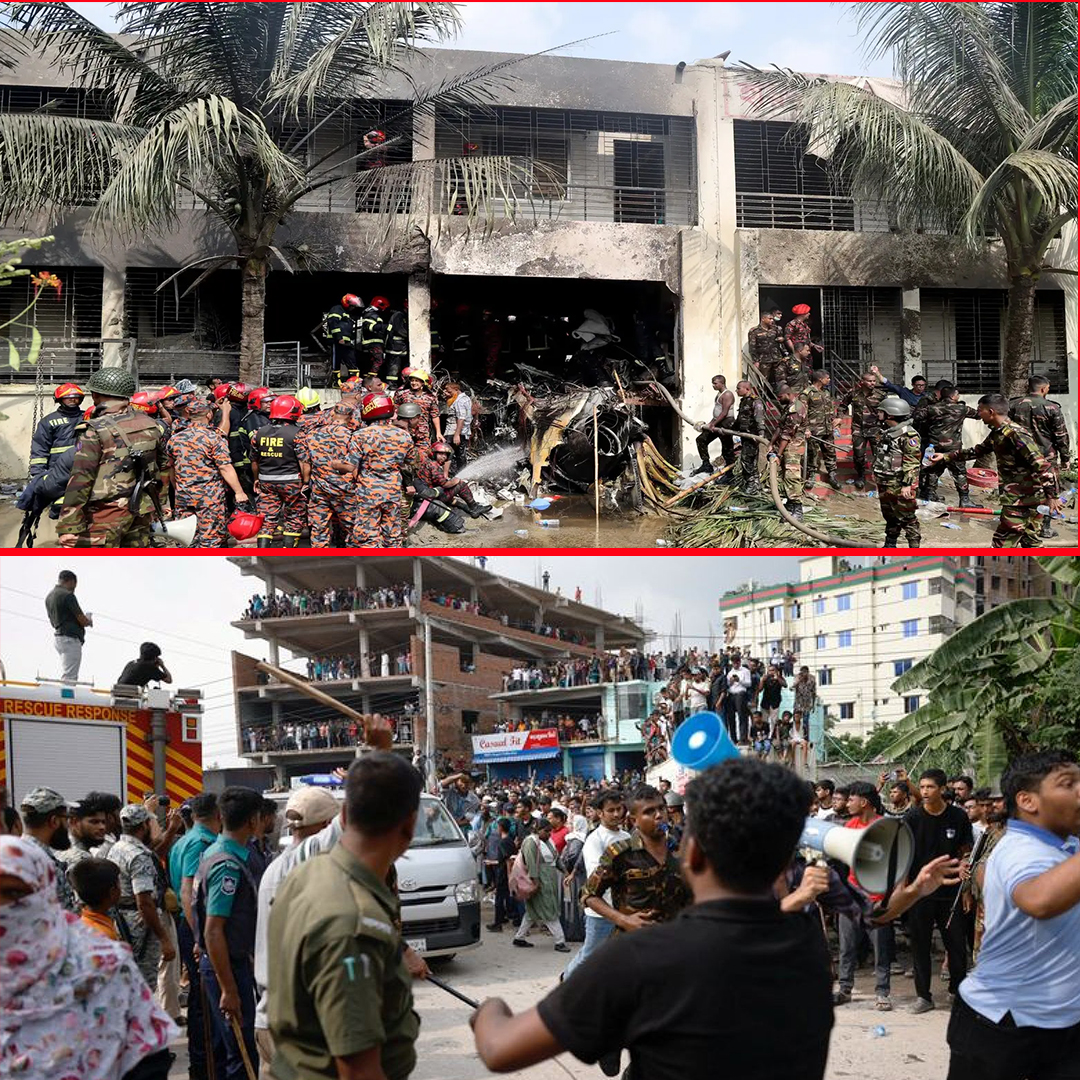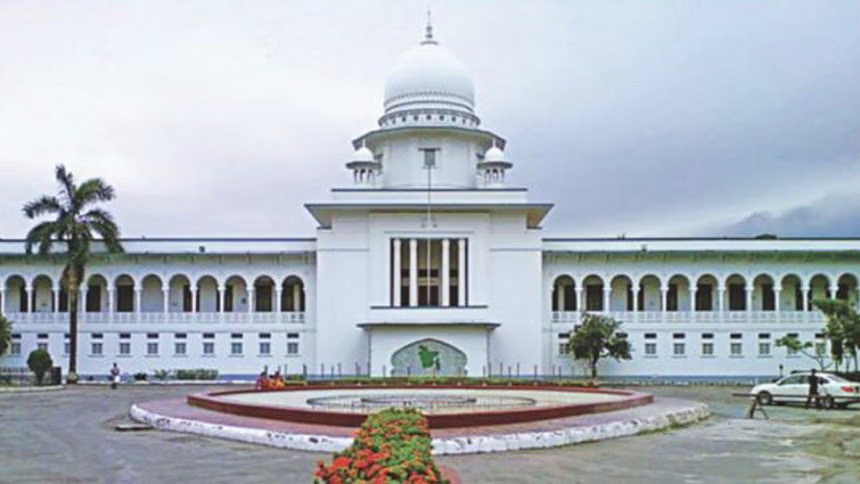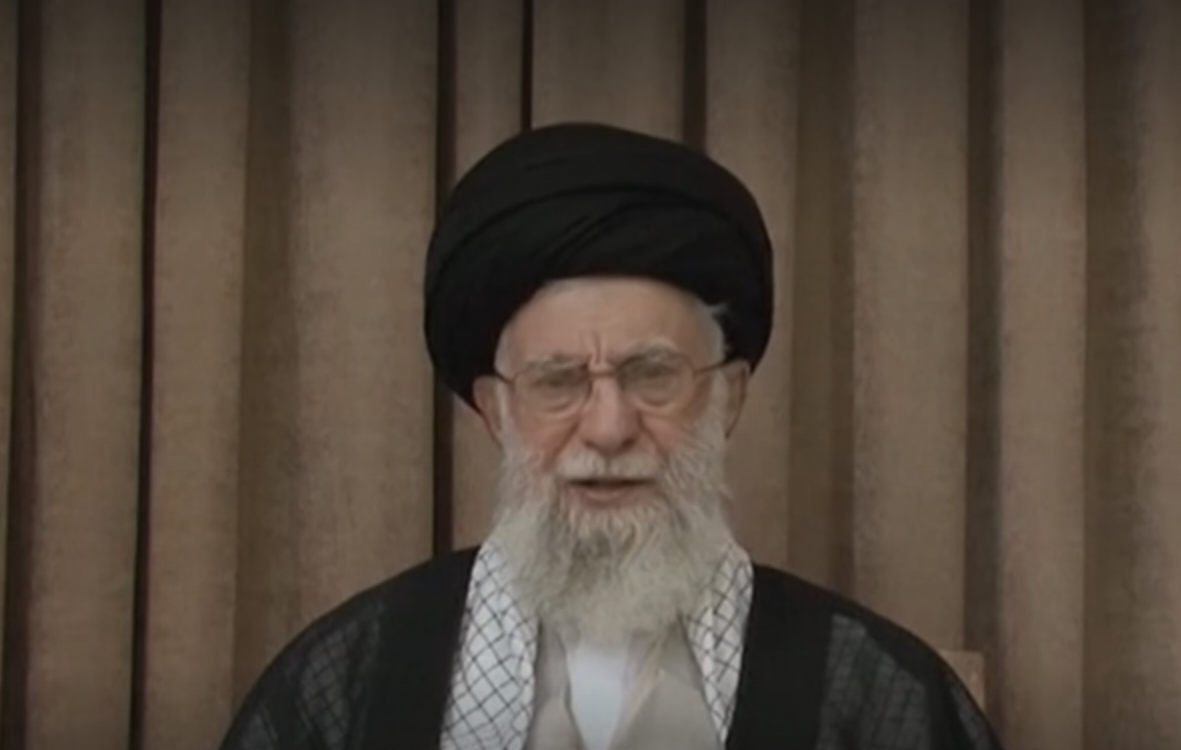
Iran’s Supreme Leader Ayatollah Ali Khamenei has issued a strong and defiant response following the recent U.S. strikes on Iranian nuclear facilities, asserting that the attacks achieved no tangible results and failed to weaken the country’s strategic posture. His remarks mark the first official response from Iran’s highest authority since the targeted operations, and they convey both resolve and strategic messaging aimed at domestic and international audiences.
In a public address, Khamenei said that the United States “gained no achievements” through its military actions, emphasizing that Washington’s intention was to weaken Iran’s regional position and force the country into submission. He firmly rejected that objective, declaring, “Surrender will never happen.” These comments are significant not only because of Khamenei’s role as the ultimate decision-maker in Iran but also because they encapsulate the broader geopolitical tensions that have escalated in the Middle East over recent months.
The strikes by the United States were reportedly aimed at key sites within Iran’s nuclear infrastructure, specifically locations thought to be contributing to Iran’s enrichment capabilities. While details of the operational outcomes have not been fully disclosed, the Iranian leadership’s narrative is centered on the idea that the strikes caused minimal disruption and failed to accomplish their strategic aims.
Iran’s response to the U.S. strikes was swift and calculated. Tehran launched missile attacks on the Al Udeid Air Base in Qatar, which houses American military personnel. Importantly, Iran reportedly warned of the retaliation in advance, allowing for an evacuation that minimized casualties. This calculated move appears to have been designed to demonstrate military capability and resolve while avoiding a full-scale conflict escalation with the United States.
Following the exchange of strikes, a ceasefire agreement was reached between Iran and Israel, which had been involved in heightened military activity in the region. This de-escalation appears to be the result of behind-the-scenes diplomatic efforts involving several international stakeholders, and it suggests a mutual desire—at least for the moment—to avoid further conflict.
Khamenei’s speech served multiple purposes. Domestically, it reinforced the image of a resilient and unyielding Iran in the face of Western pressure. Iran’s leadership has long maintained a policy of resistance against what it views as U.S. hegemony, and this narrative continues to resonate with large segments of the Iranian population, especially at a time of economic challenges and international sanctions.
Regionally, Khamenei’s statements were a signal to both allies and adversaries that Iran retains the capability and political will to respond to military provocations. The ability to strike American bases in the Gulf region, even with prior warning, is being positioned as evidence of Iran’s growing deterrence capacity. By framing the strikes as ineffectual, the Iranian leadership aims to project confidence and signal to neighboring countries that the balance of power remains intact.
From an international perspective, the developments underscore the volatility of the Middle East and the potential for sudden escalations between state actors. The U.S. decision to strike Iranian nuclear facilities reflects ongoing concerns in Washington and Tel Aviv regarding Iran’s nuclear ambitions, which many Western officials fear could lead to the development of nuclear weapons. Iran, however, maintains that its nuclear program is for peaceful purposes and remains within the boundaries of the Nuclear Non-Proliferation Treaty (NPT), despite its withdrawal from elements of the 2015 Joint Comprehensive Plan of Action (JCPOA) following the Trump administration’s exit from the agreement.
Khamenei’s speech also included a broader message of deterrence. He stated that Iran has demonstrated its capability to strike at U.S. bases in the region whenever necessary, and he warned that any future military action against the Islamic Republic would carry a “heavy price.” This kind of rhetoric is designed not only to deter future attacks but also to assure domestic audiences that the country’s sovereignty and strategic autonomy remain secure.
The timing of the statement is also noteworthy. With tensions still high across the region—particularly involving Israel, Hezbollah, and various proxy groups in Iraq and Syria—Khamenei’s remarks could influence the strategic calculus of all parties involved. For the United States, the speech presents a challenge: while aiming to contain Iran’s influence and nuclear program, Washington must also avoid triggering a broader regional conflict that could draw in multiple actors and destabilize key global energy corridors.
In conclusion, Iran’s Supreme Leader has used the occasion of the U.S. strikes to reaffirm Tehran’s strategic posture and domestic resilience. His message was one of strength, resistance, and deterrence, portraying the U.S. operation as a failure and positioning Iran as a capable and determined regional power. While the immediate military exchange has ended with a ceasefire, the underlying tensions that led to the confrontation remain unresolved. As the geopolitical landscape continues to shift, the coming weeks will be critical in determining whether the current pause in hostilities can lead to a longer-term reduction in tensions—or whether this episode is merely the prelude to a more sustained conflict.
source :bbc news


